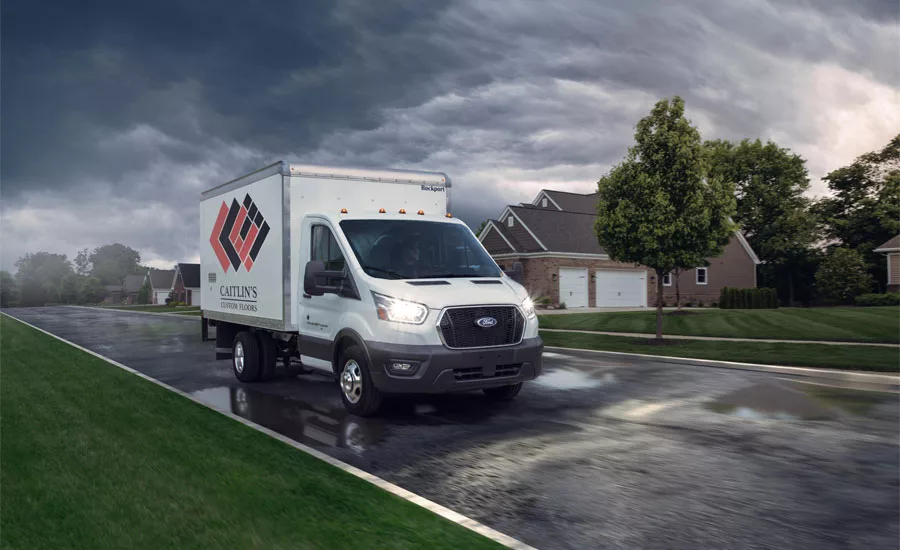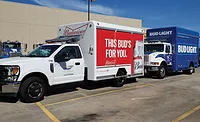Distribution
Beverage fleets turn to non-CDL vehicles amid driver shortage
Truck manufacturers release vehicles that can support beverage needs without CDL requirement

It’s still unclear what the long-term impact of COVID-19 will be on the job market for drivers possessing commercial driver’s licenses (CDLs). Back in February, the industry was still facing a historic shortage of qualified CDL drivers, especially with the country facing nearly full employment. Of course, a lot has changed with the overall employment rate since then, but it’s not likely to have an appreciable effect — at least in the long term — on the driver shortage. That’s why, for some routes, distributors are turning to delivery vehicles that don’t require a CDL, but still have the capacity to get the job done.
Typically, when a vehicle has a gross vehicle weight rating (GVWR) of 26,000 pounds or less, the driver does not need to have a CDL to operate it. That federal requirement gets augmented a bit when a trailer is involved. If the gross combined weight rating (GCWR) of the truck-and-trailer combo exceeds 26,000 pounds, then its driver is required to have a CDL.
Kenworth
Kenworth’s Class 6 T270 is one option that fits the bill. It’s available as a straight truck and can be configured for non-CDL operation to broaden your fleet’s driver pool. Among its features is a hood that tilts 90 degrees for wide-open access to the engine and all service points. The vehicle sports the PACCAR PX-7 engine that’s rated up to 325 horsepower and 750-pound-feet of torque. Manual, automatic or automated transmissions are available for the T270 and adaptive cruise and collision mitigation systems are optional.
Isuzu
In March, Isuzu unveiled two new gasoline engines for its N-Series low cab forward trucks: a 6.6-liter V8 now available in its Class 3 NPR and Class 4 NPR-HD, and a 6.0-liter V8 available for its Class 5 vehicles — the 17,950-pound GVWR NQR and 19,500 GVWR NRR. The company says the NRR is the first 19,500-pound GVWR cabover truck to offer a gasoline engine option. The 6.6-liter engine for the NPR Gas and NPR-HD has a power output of 350 horsepower and 425-pound-feet of torque, while the 6.0-liter unit for the NQR Gas and NRR models produce 311 horsepower and 353-pound-feet of torque. Production began in June.
Ford
Ford’s Transit van and Transit Cutaway don’t require CDLs to operate, nor do its Chassis Cab and E-Series Chassis Cab/Cutaway. All of Ford’s F-450 to F600 Chassis Cabs are below 22,000 pounds GVWR. Additionally, there are a number of options below the CDL-required threshold for Ford’s medium-duty F-650 — depending on how it’s spec’d. The F-650 Pro-Loader has gasoline and diesel options that that rate between 22,000 and 26,000 pounds GVWR.
Volvo
Volvo’s VNR model is designed with regional distribution in mind and can be spec-d for the lower, non-CDL GVWR. The VNR 300, for instance, features a daycab designed to provide optimal performance in urban delivery environments. It’s powered by the Volvo D11 engine with output of 325 to 424 horsepower.
Soon, it will be available in an all-electric version that the company expects to roll out by the end of 2020. The electric vehicle is part of the company’s Low Impact Green Heavy Transport Solutions (LIGHTS) project, a collaboration among 15 public and private partners to demonstrate the viability of all-electric hauling in high-density traffic and urban areas.
Looking for a reprint of this article?
From high-res PDFs to custom plaques, order your copy today!







